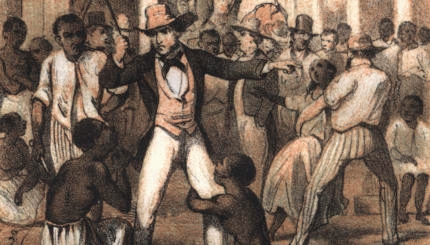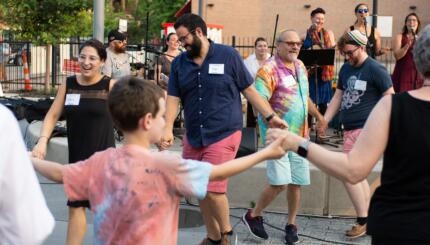A little-known chapter of Jewish American history concerns the Jewish gangsters of the 1920s and 1930s. Some of the men involved had brief gangster careers, using organized crime as a way to get ahead financially, and then dropping out of the game once they had amassed a reasonably large sum of money. Others were more entrenched in the mob; swept up in the speakeasy movement during Prohibition, they continued to make money off of bootlegged liquor, prostitution rings, gambling, racketeering, loan sharking, and a murder-for-hire business popularly known as Murder Inc.
The best known Jewish gangsters were Bugsy Siegel, Louis “Lepke” Buchalter, Longy Zwillman, Moe Dalitz and Meyer Lansky. Though they wielded incredible power in America’s big cities for many years — Meyer Lansky once said that he and his colleagues were, “bigger than U.S. Steel” — their numbers thinned considerably as World War II came to an end. Many were hunted down by the authorities, and jailed or executed, but some were never caught.
None of these men were religiously observant, and they scorned many of the core values of Judaism. But in a few critical moments they lent their power to Jewish causes in America, Nazi Europe, and Palestine. Far from heroes, Jewish mobsters have come to be seen as something of a novelty in Jewish history, though their corrupt legacy continues in Israel, which struggles with Jewish-run organized crime even today.
Jews Gone Bad
Jewish gangsters used organized crime to escape the ghetto and move on to lives of violence, politics, and danger. Louis “Lepke” Buchalter, Meyer Lansky, and Benjamin “Bugsy” Siegel are only a few of the Jewish gangsters who exerted significant influence on American life between the wars.
With your help, My Jewish Learning can provide endless opportunities for learning, connection and discovery.
Detroit’s Purple Gang
Originally formed around Samuel “Sammie Purple” Cohen, the leadership of this group of petty criminals was assumed by the three Bernstein brothers–Abe, Isadore, and Ray–who emigrated to Detroit’s east side from New York. Starting with shoplifting and extortion, the gang moved into the distilling and brewing business in the 1920s and 1930s.
But They Were Good to Their People
The most infamous Jewish gangsters proved staunch defenders of their people, fighting anti-Semitism in America in the 1930s, and supporting the establishment of the State of Israel.
The Gangster and the Governor
The notorious gangster Louis “Lepke” Buchalter began a career that led him to the highest echelons of American organized crime in Williamsburg, Brooklyn. Governor Thomas E. Dewey rode his relentless pursuit of Lepke to the Republican candidacy for President of the United States in 1944.



